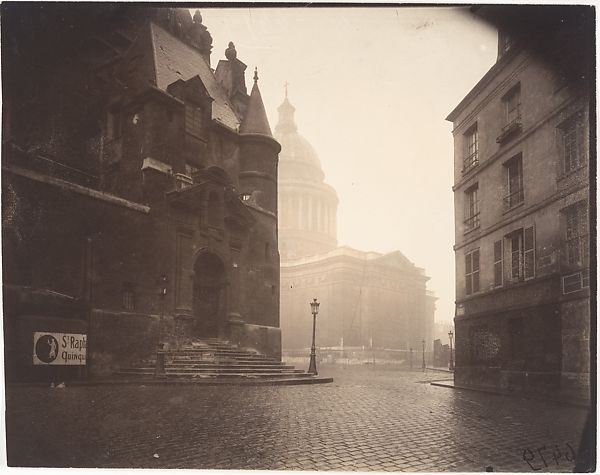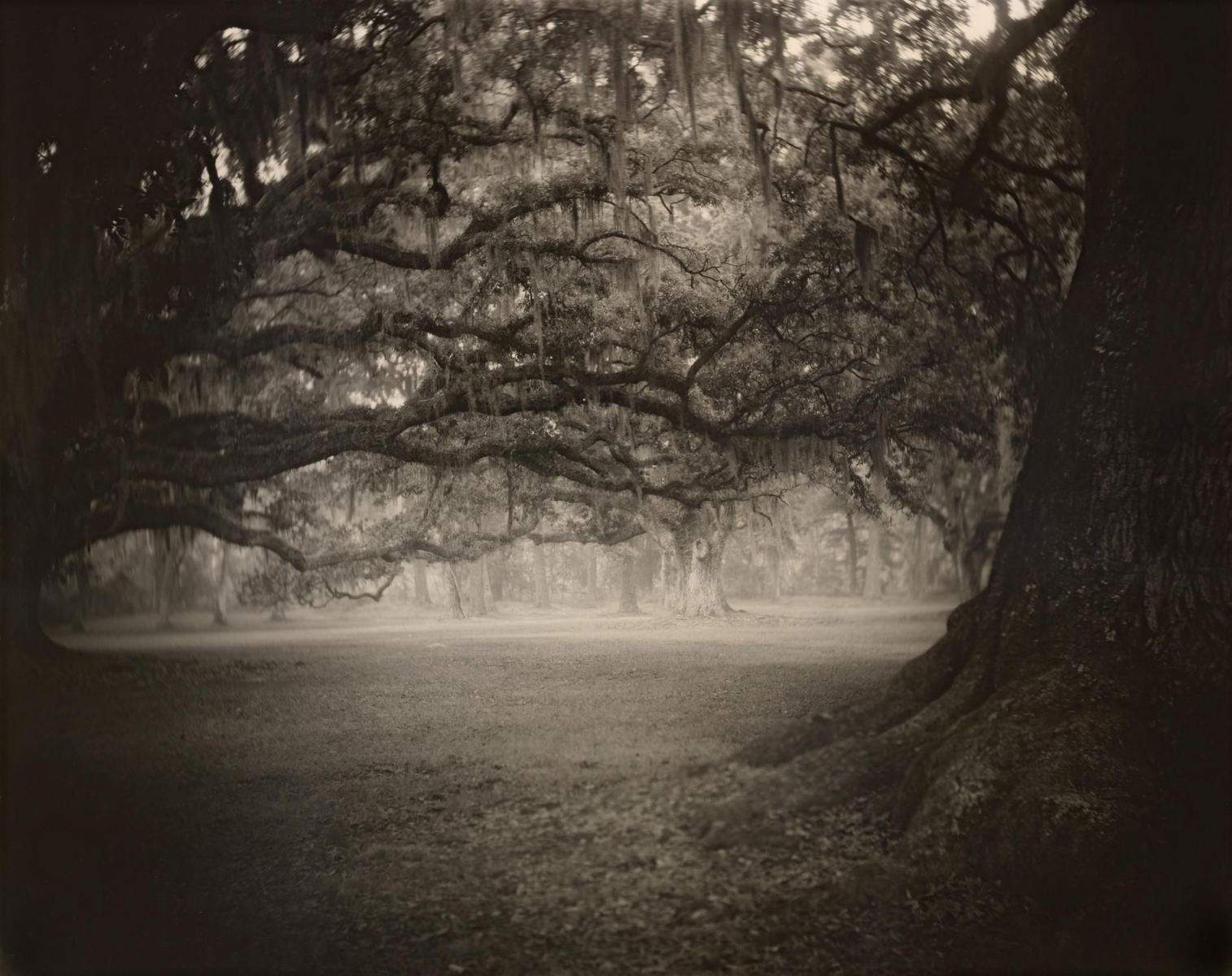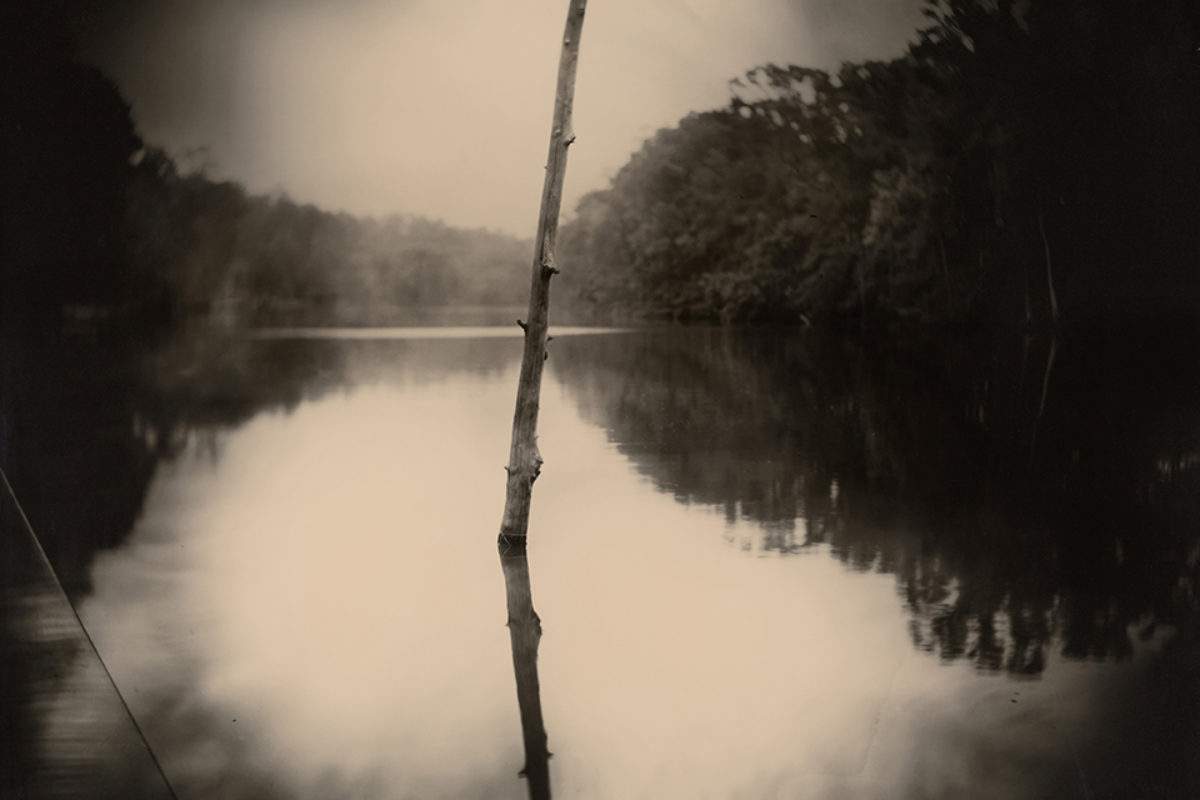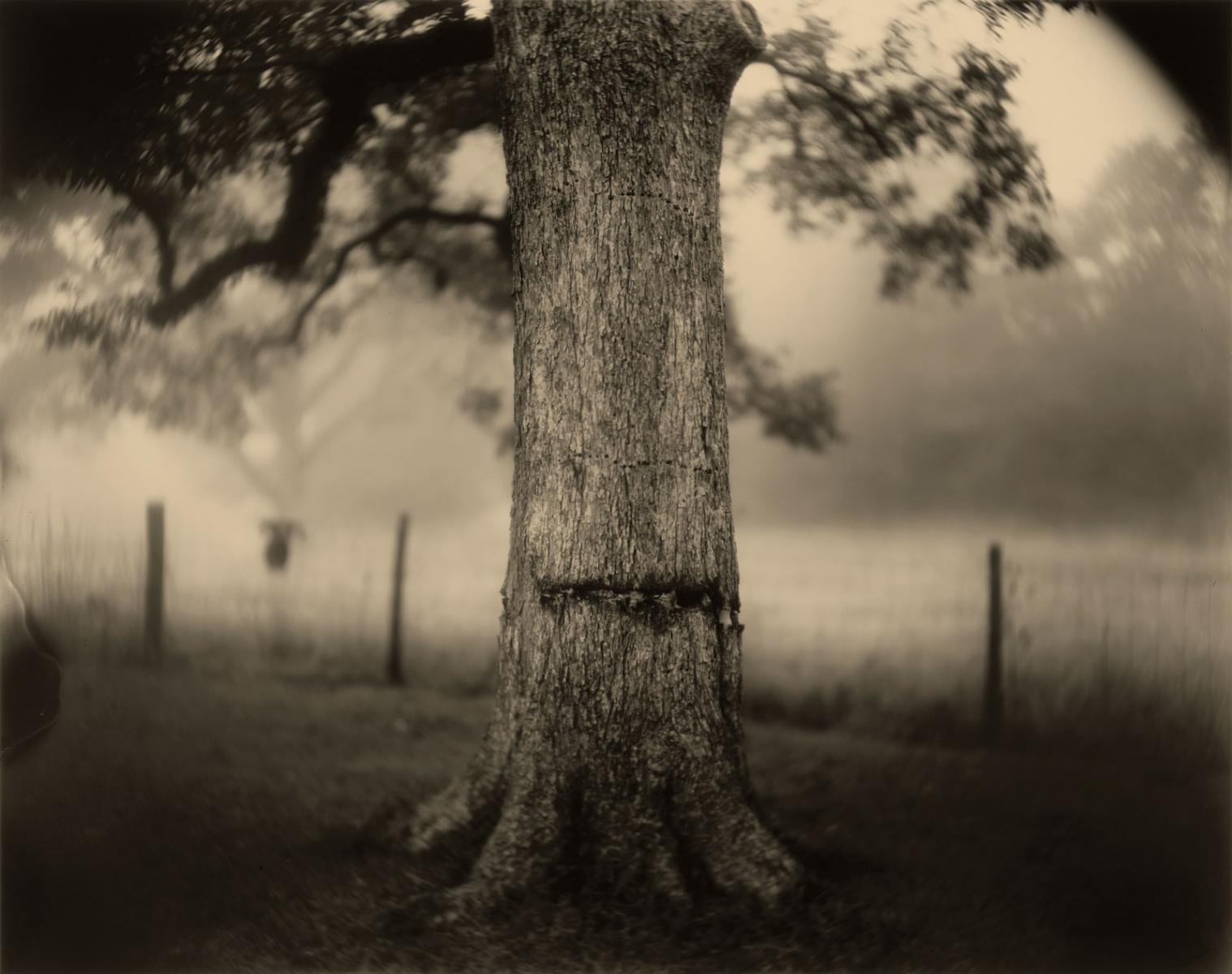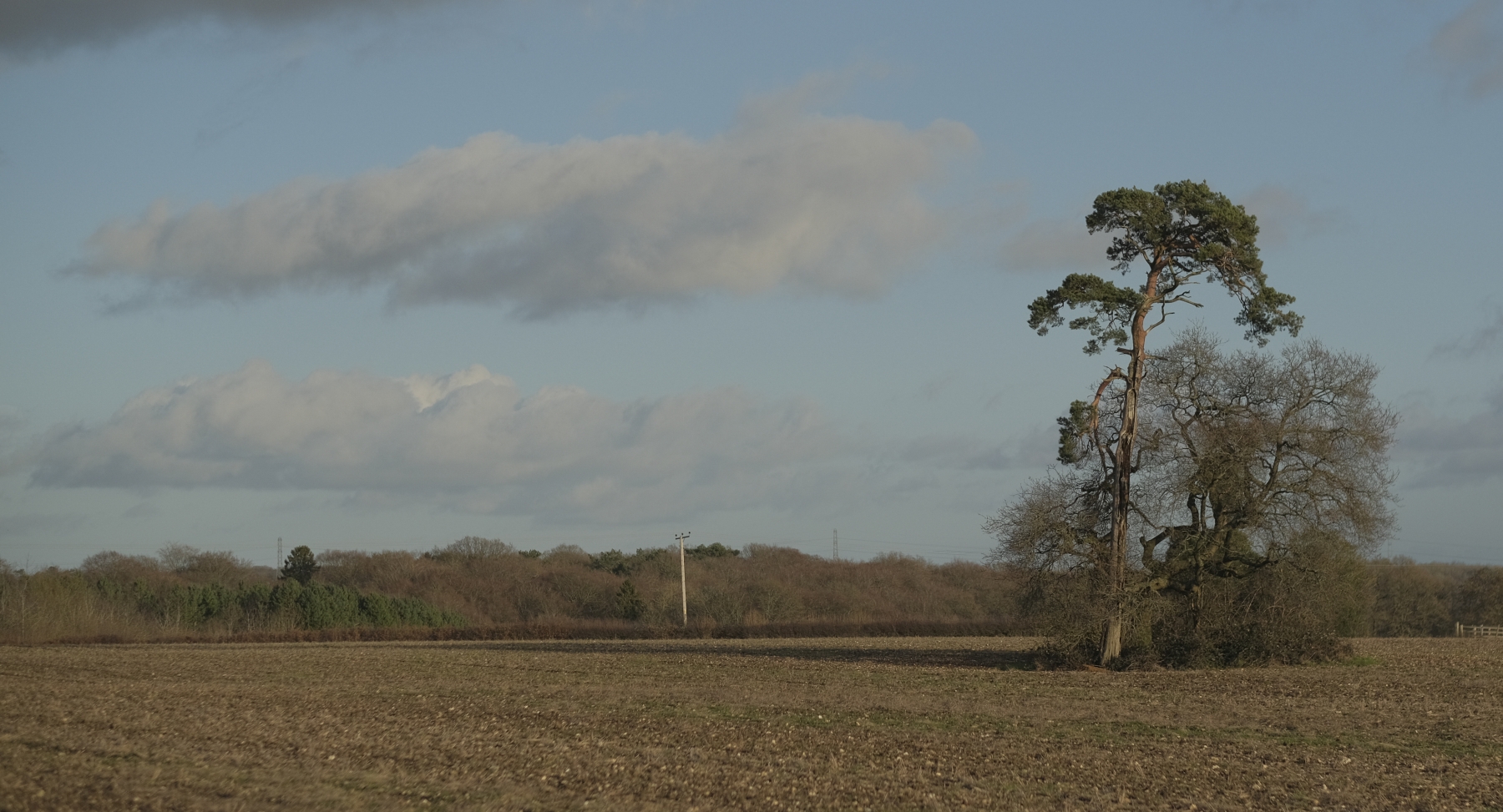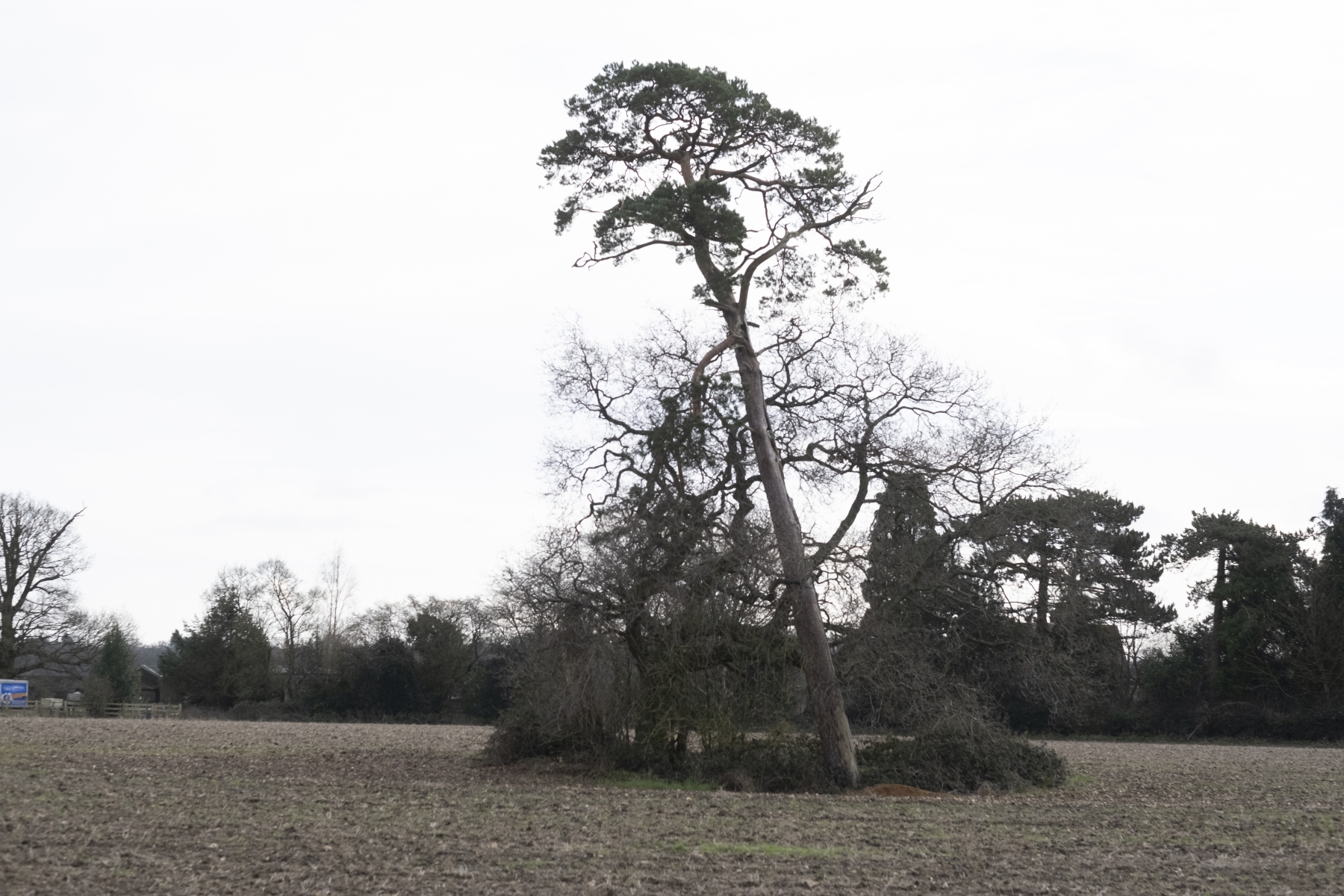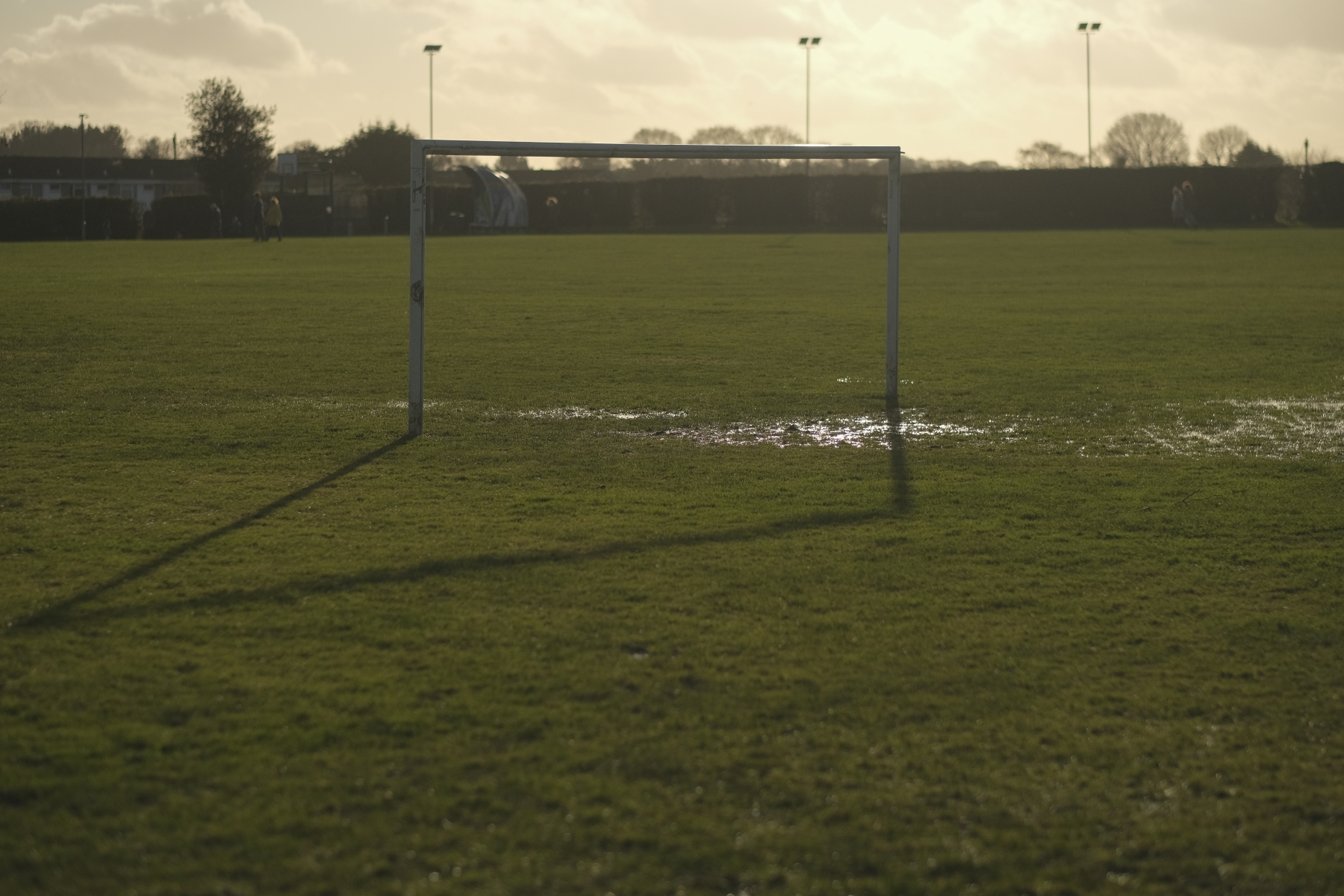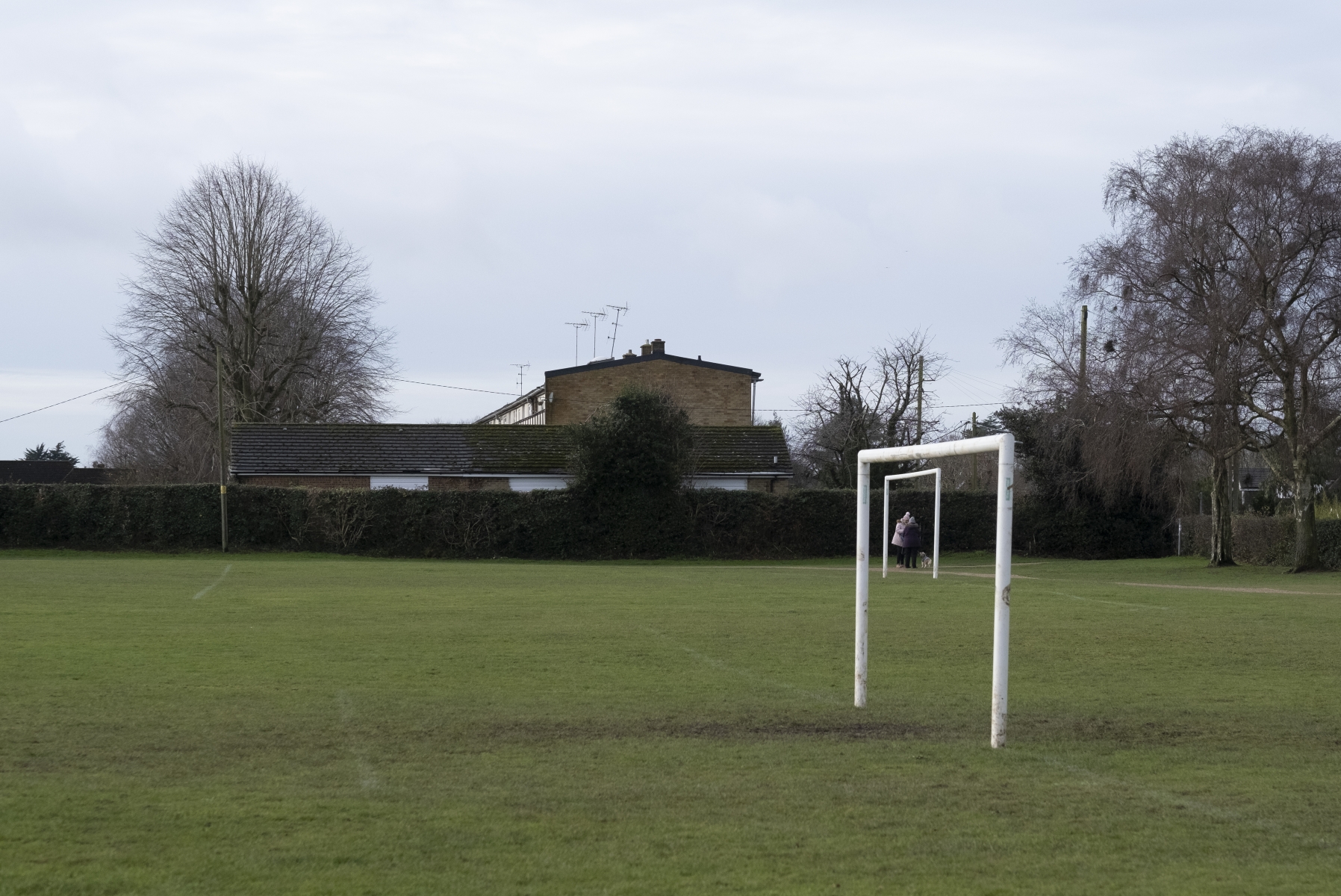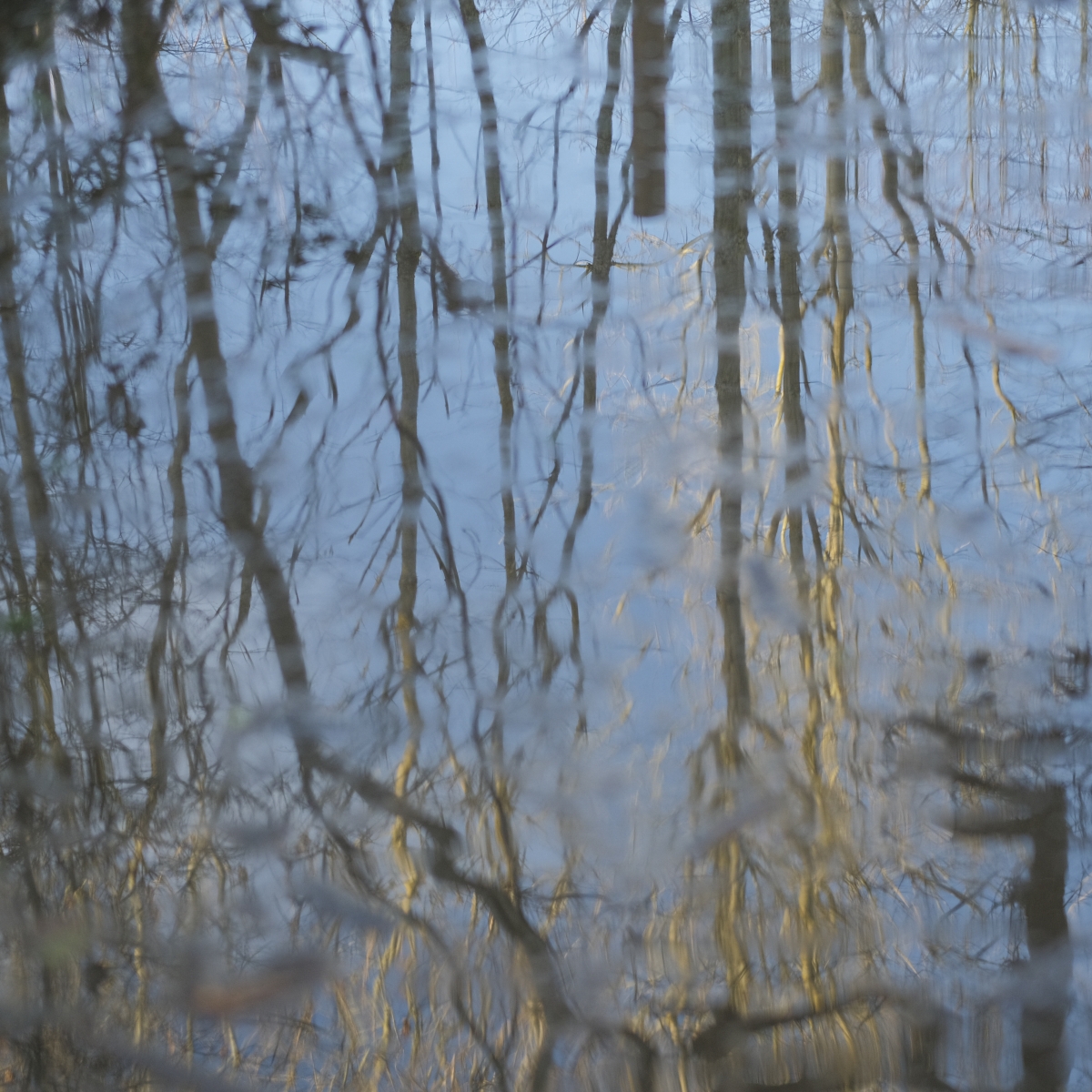Project 1: ‘Layered, complex and mysterious…’: Exercise 4.1 Daylight
Taking the photography of Mann, Atget or Schmidt or a photographer of your own choosing as your starting point, shoot a number of photographs exploring the quality of natural light. The exercise should be done in manual mode and the important thing is to observe the light, not just photograph it. In your learning log, and using the descriptions above as your starting point, try to describe the quality of the light in your photographs in your own words.
‘Light makes photography. Embrace light. Admire it. Love it. But above all, know light. Know it for all you are worth, and you will know the key to photography’ George Eastmann
‘John Loengard, the picture editor at Life, always used to tell me, ”If you want something to look interesting, don’t light all of it.’ Joe McNally
‘I prefer to work with neutral diffused light, i.e. to produce an image without noticeable shadows. The viewer must allow the objects portrayed in the photograph to take their effect upon him without being distracted by shadows or other mood effects’. Michael Schmidt
The qualities of light
Light can completely alter how an image is perceived. The colour and quality of light can change over the course of a day (and seasons), whether it’s the warm light of dusk on a summers evening or darkened light of a storm approaching, it can define a photograph and add emotion. The quality of light adds to the creative pallet of the photographer and includes, direction (impacts shadows and texture), diffusion (softens the light), harshness (as in strong sunlight with lots of contrast) and colour- be it warm as at sunrise / sunset, blue on a clear day or even the white light of midday.
Not all photographers use light to create atmosphere, Michael Schmidt who regards photography as a recorder of reality and wants to preserve that by avoiding anything that will add emotion or threaten what he sees as photography’s neutrality. In an interview on the ASX website, he offers some insight into his way of working and attitude to light;
‘Photography was invented to enable us to portray reality with complete precision to the last detail. There is no other medium – apart from media which derive from the invention of photography (e.g. film and television) – which is in a position to document reality exactly as it is by means of technical process. This is how I regard photography. To me, it is an ideal means of documenting our times in a valid and credible form.
I prefer black and white photography because it guarantees the viewer a maximum amount of neutrality within the limits of the medium. It reduces and neutralizes the coloured world to a finely nuanced range of greys, thus precluding an individual way of seeing (personal colour tastes) by the viewer. This means that the viewer is able to form an objective opinion about the image from a neutral standpoint independent of his subjective colour perception. He is thus not emotionally distracted…I prefer to work with neutral diffused light, i.e. to produce an image without noticeable shadows. The viewer must allow the objects portrayed in the photograph to take their effect upon him without being distracted by shadows or other mood effects’.
Eugene Atget employed light similarly to document Paris- ‘In his early views of Paris, Atget the documentarian sought to illuminate his subject with an even clarity, the best to convey information. He usually made such images – see, for example, Environs, Amiens – in the middle of the day, when shadows were minimal.’ However he also used light to convey emotion- ‘Atget’s late photographs, however, are frequently marked by subjective light and deep shadows. Often made early in the morning, these pictures – such as Parc de Sceaux – use light and shadow to create a mood rather than to describe a place; they mark the apex of Atget’s formal and expressive investigations of the medium.’
Sally Mann also talks about creating a feeling in her pictures, in an interview on ASX website she comments, ‘There is no coating on the lens of my old camera, which permits a much softer and more luminous light. I am less interested in the facts of a picture than in the feelings. The facts don’t have to be absolutely sharp. I can get information across by appealing to viewer’s emotions.’
Michael Schmidt:
The following photographs were taken in different types of natural light at different times of the day. Shooting in manual, in some photos, I used the creative combinations of shutter speed, ISO and aperture to create moods/atmosphere, while in others I simply tried to get the best/correct exposure to record what was in front of me.
Key take-ways:
- Natural Light has colour depending on the time of the day-warm at sunrise/sunset, blue during the day, neutral in the absence of sun or when overcast
- Light can be used to convey an atmosphere or emotion
- One can creatively change the mood of photograph depending on the exposure combination of iso, aperture and shutter speed
- Over-cast days or when the light is neutral is best for recording and documenting a scene i.e. doesn’t have mood or emotion to detract from the scene
- Different types of light add to the creative pallet of a photgrapherer
- Properties of light include,quantity,quality,direction,reflection/refraction,
References
An Exclusive Interview with Sally Mann – “The Touch of an Angel” January 5, 2013 by Editorial @ https://americansuburbx.com/2010/10/michael-schmidt-thoughts-about-my-way-of-working-1979.html (accessed 20/12/2020)
Schmidt, Michael, Camera Magazine #3, March, 1979: at https://americansuburbx.com/2010/10/michael-schmidt-thoughts-about-my-way-of-working-1979.html (accessed 22/12/2020)
Zuckerman, Jim, 1996, Techniques of natural light photography,Cininnati,Ohio:Writers Digest Books


